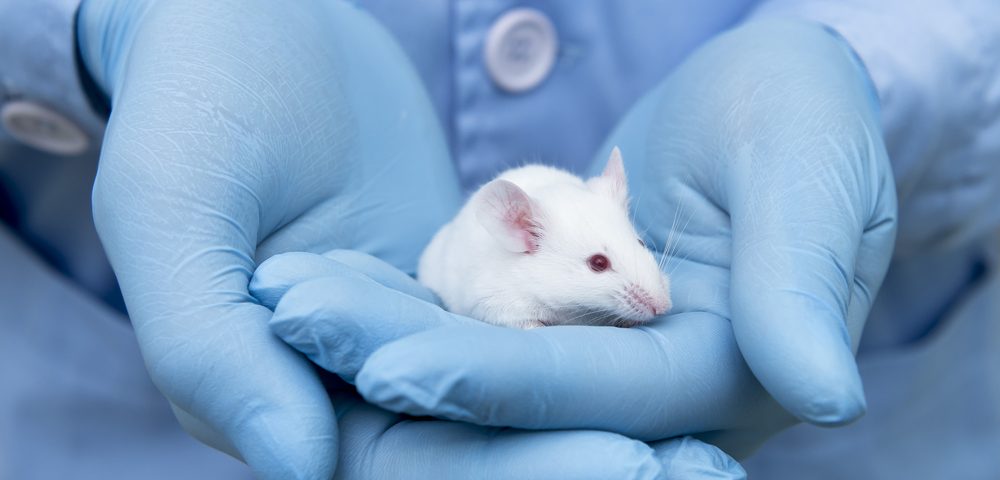Taiwanese researchers are examining a new factor, R1R2, that may be able to stop fibrosis-promoting cells from migrating to the lungs.
Their study, “R1R2 peptide ameliorates pulmonary fibrosis in mice through fibrocyte migration and differentiation,” appeared in the journal PLOS ONE. It focused on fibrocytes — a type of cell that originates from bone marrow that can travel to the lungs. There, they can mature into fibrosis and produce fibroblast or myofibroblast cells.
Healthy people have relatively few fibrocytes in their blood at any given time. But when lung tissue becomes damaged, these fibrocytes multiply rapidly and travel to the lungs.
Exposing mice to the chemical bleomycin triggers lung fibrosis. Researchers at Taiwan’s Chang Gung Memorial Hospital injected R1R2 — a fragment derived from a bacterial protein — into the bleomycin-treated mice and assessed R1R2’s effects on the disease. The treatment reduced the severity of fibrosis, as shown by lower levels of collagen deposits and fewer myofibroblast cells.
Detailed assessments revealed that the compound appeared to prevent fibrocytes from passing the basement membrane and invading into the lung. This membrane lies below the endothelial cells that line blood vessels, and normally act as a barrier between the blood and lung tissue. R1R2 also stopped fibrocytes from maturing into myofibroblasts. This led the team to suspect that R1R2 interfered with molecular signaling in the fibrocytes.
Experiments in lab-grown cells showed that R1R2 affected so-called chemoattractants and prevented the action of a molecule called MMP-9, which fibrocytes secrete.
The Taiwanese study, led by Hou-Yu Chiang, Pao-Hsien Chu and Ting-Hein Lee, showed that MMP-9 is crucial for allowing fibrocytes to pass into tissue. By acting on another factor — a chemoattractant called CXCL12 — it also admits more fibrocytes into the lungs. While early, the team’s findings indicate R1R2’s potential as an antifibrotic medication.


hi!,I really like your writing very so much!
share we communicate extra about your article on AOL?
I require an expert on this space to resolve my problem.
Maybe that is you! Having a look forward to see you.